In the beginning of the Obama administration NASA, the U.S. space agency faced a major dilemma. It’s remaining fleet of three Space Shuttles was growing older, increasing of possibility of another space disaster. At the same time the International Space Station (ISS), which NASA had spent so many years and so many billions of dollars constructing, was only starting its useful lifetime.

To make matters worse, during the Bush administration NASA had been directed to develop a program called Constellation for returning America to the Moon, a program whose enormous cost Obama had little liking for. Without the shuttle or an equivalent man capable launch system how would NASA astronauts get to their brand new ISS?
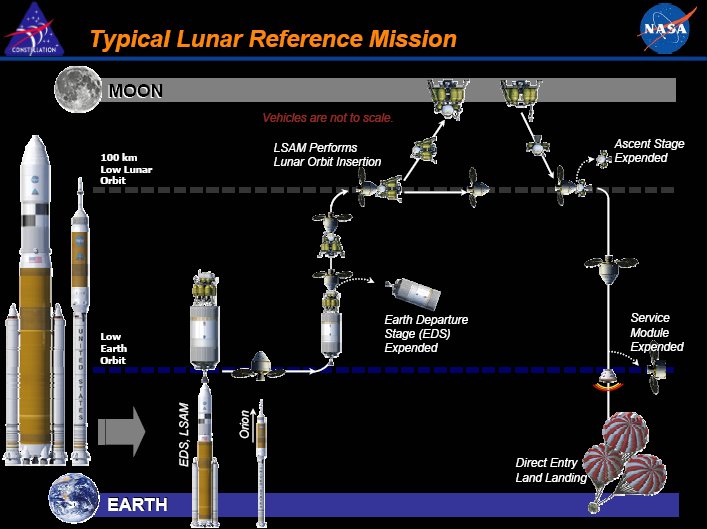
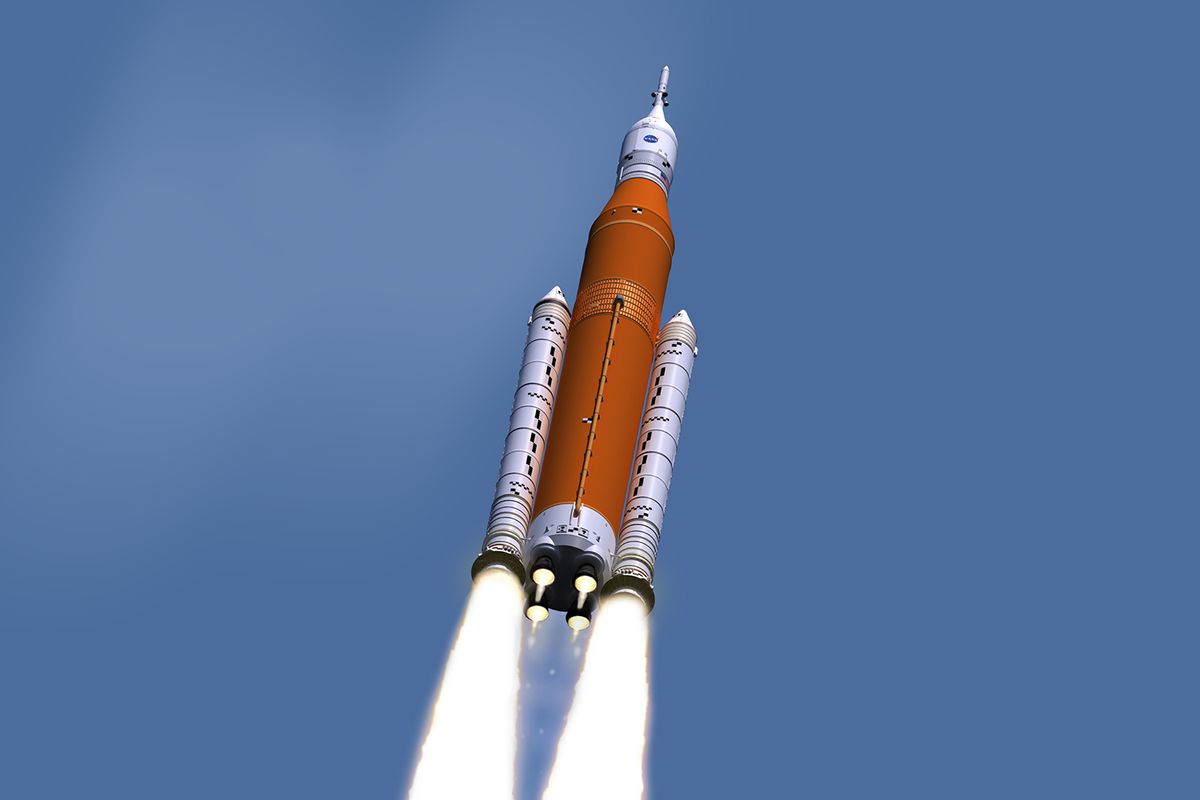
It was decided that NASA would use launch systems that would be developed and operated by commercial aerospace corporations. Contracts had already been given to several such companies to develop robotic capsules to ferry supplies to the ISS. Why not fund those companies to develop manned capable capsules that could take astronauts to Low Earth Orbit (LOE) as well? NASA could then ‘hire’ space capsules to take their astronauts to the ISS while the companies would then be free to use their technology to further the commercial development of space.
So it was that in 2011 four aerospace companies, Boeing, Space X, Blue Origins and Sierra Nevada submitted design proposals for a man capble space capsule and after two rounds of review and competition in 2014 Boeing was awarded a contract for $4.2 billion while Space X was awarded a contract of $2.6 billion to aid them in the design and development of their manned space capsules.
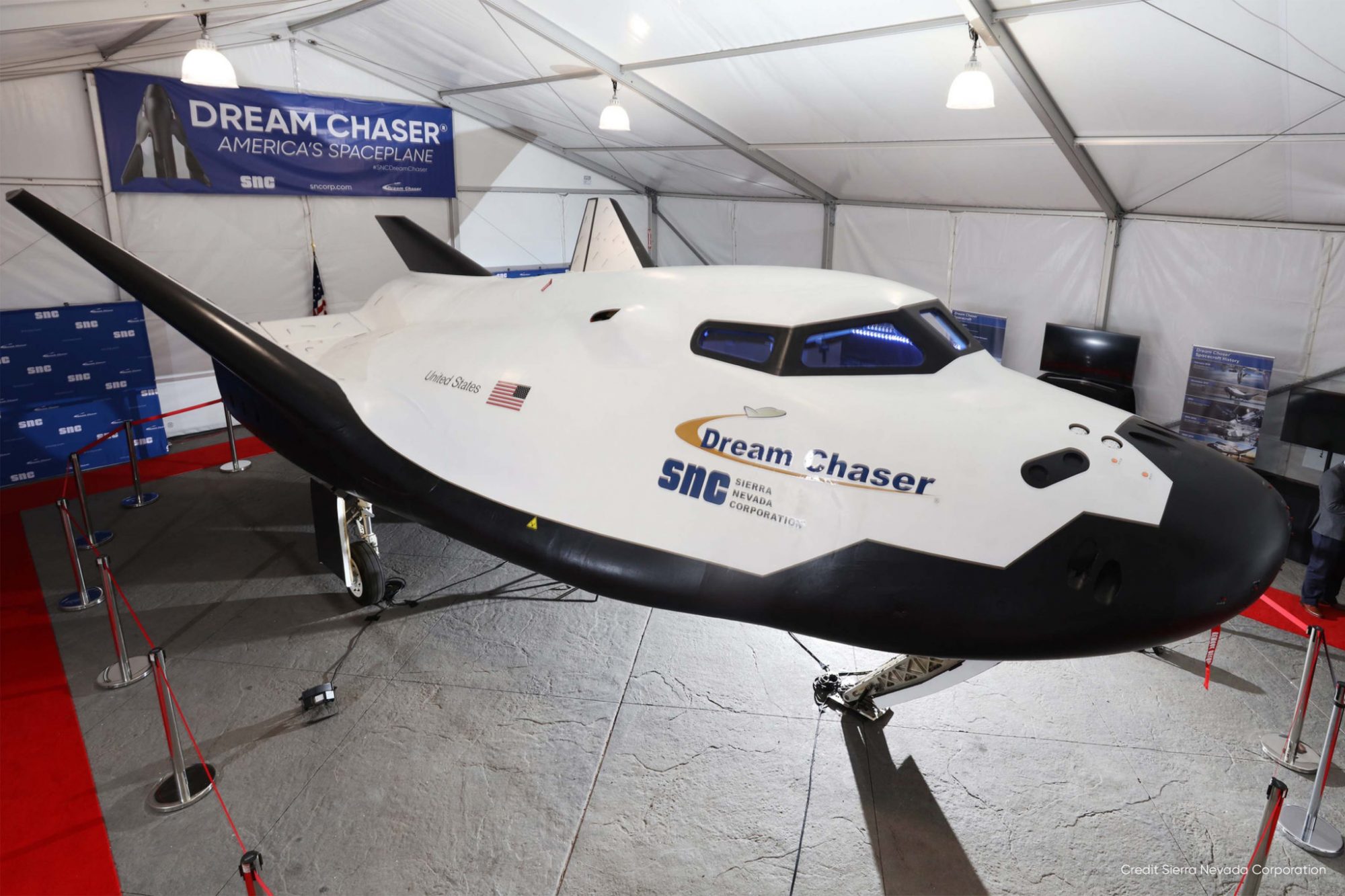
With the retirement of the shuttle in 2011 NASA became dependent on Russian Soyuz rockets to take its astronauts to the ISS so it was hoped that either Boeing or Space X would be ready to begin manned operations by 2017. Developing a man capable space system is not that easy however and the delays mounted.
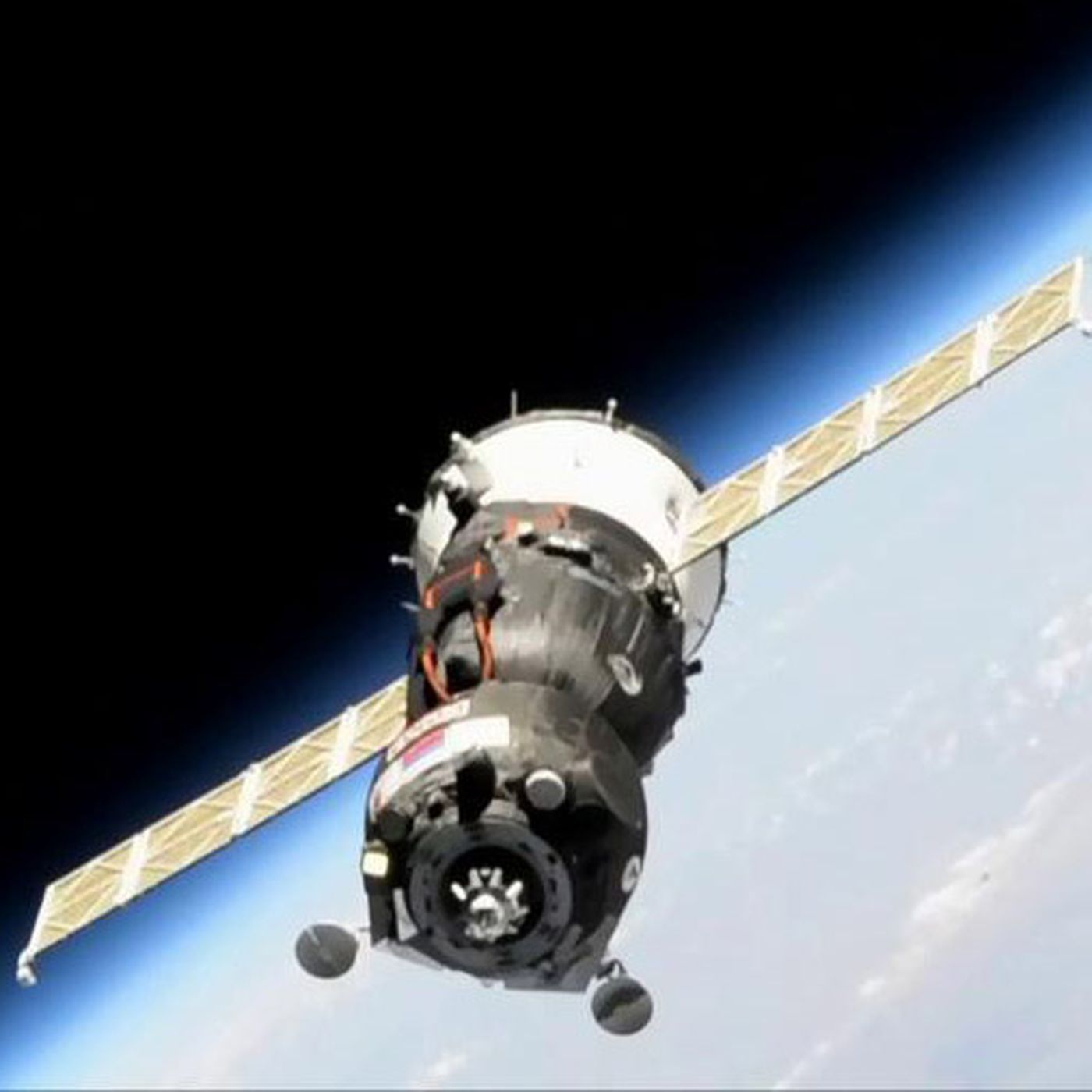
At first everyone expected that Boeing, with its long history in aerospace technology, and with the larger amount of money, would be the first to actually succeed in taking astronauts into space. Over the last several years however the aerospace giant has been plagued with a series of problems. So it was that the mini-space race between Boeing and Space X was finally won by the younger, more aggressive company. See my post of 28 December 2019.
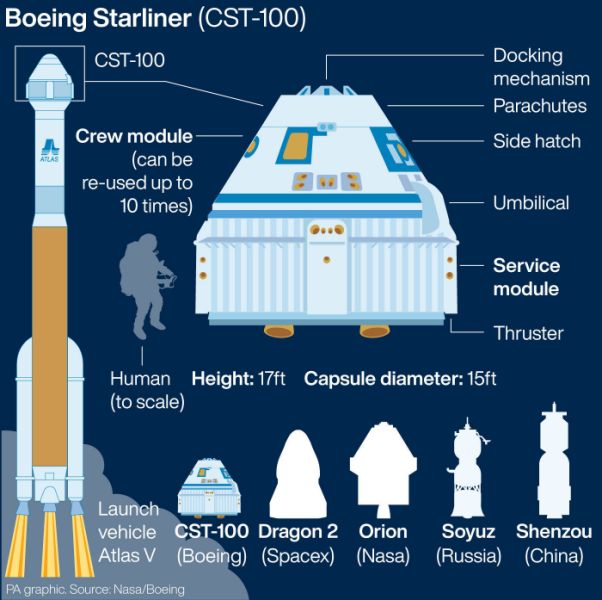
Designated as the Demonstration Mission 2 (DM-2) the flight of the Space X Crew Dragon capsule was originally scheduled to take off from Kennedy Space center in Florida on the 27th of May. Less than twenty minutes before take off however bad weather caused the flight to be scrubbed for the day. The next possible launch date was three days later but again the Florida weather was questionable. This time however the rain and winds held off and at 3:22:45 EDT the engines on the Space X Falcon 9 rocket ignited and astronauts Bob Behnken and Doug Hurley had a flawless eight-minute ride into LOE. To make their success complete Space X even managed to recover the Falcon 9 first stage so that it could be used again, an operation that has now become routine for Space X.
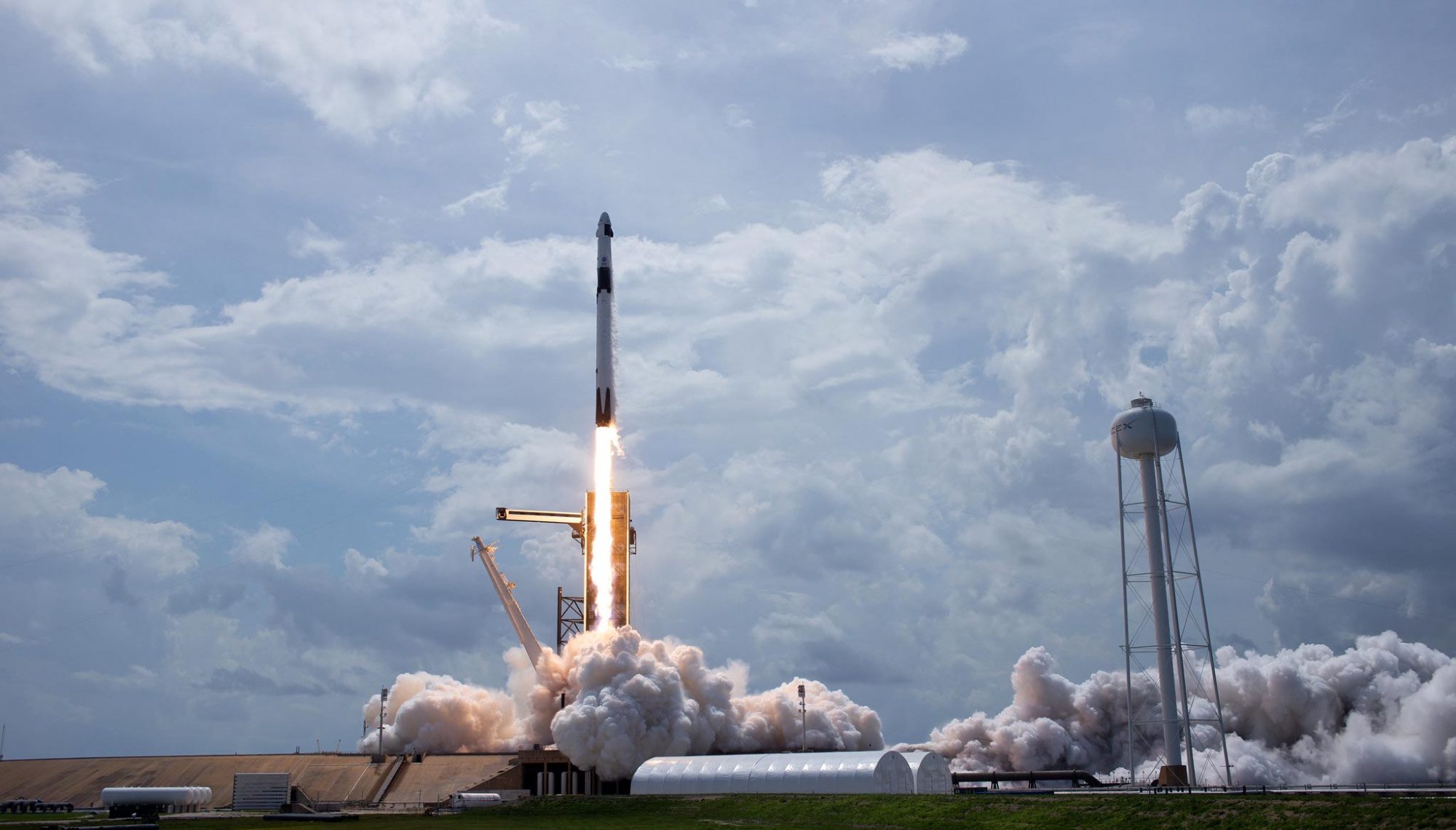
About 45 minutes after take off the Dragon capsule, crewed by veteran space shuttle astronauts Bob Behnken and Doug Hurley, completed an orbital adjustment burn, the first of five that would bring them to their rendezvous with the ISS. On the morning of the 30th of May, just 19 hours after lift off the Dragon capsule smoothly docked with the ISS.

Now the mission of astronauts Behnken and Hurley is ongoing. For at least the next month they will function as members of the ISS crew but NASA could extend their mission to as much as three months. Then astronauts Behnken and Hurley will complete their mission with a return to Earth in the Dragon capsule, splashing down in the Atlantic off the Florida coast. The next manned launch of the Dragon is currently scheduled for September and will be the first official mission of NASA’s Commercial Crew Program. A little late perhaps but nevertheless, so far so good!
